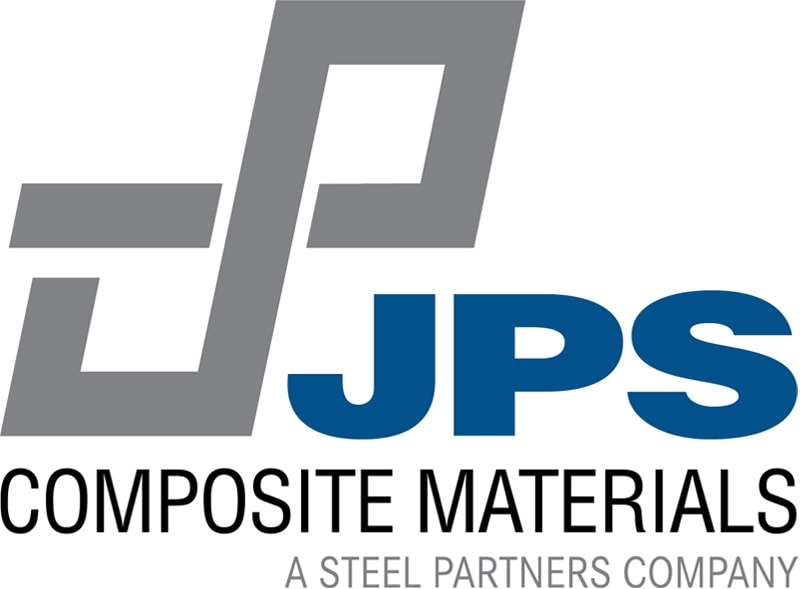
JPS Composite Materials is an industry-leading provider of glass and aramid reinforcement fabrics for customers in the aerospace segment. These fabrics, when combined with a customers’ proprietary resin system produce a strong, durable, and lightweight composite that is ideal for use in even the most demanding applications.
Still unsure whether JPS’ glass and aramid fabrics are right for your aerospace project? Below, we provide an overview of materials for the aerospace industry, including the types available, key advantages, and typical applications.
Types of Fabrics for the Aerospace Industry
Fabrics are available in many variations, each of which exhibits different properties that make them suitable for different applications. One of the ways in which aerospace composite manufacturing companies can vary their products is with the fabric used. Some of the most common fabrics used in the aerospace industry include: 
- E-Glass/S-Glass. Glass-based fabrics have exceptional shear strength, thermal stability, and electrical insulation properties. The most common types of glass fabric for the aerospace industry are E-glass and S-glass.
- Astroquartz®. Astroquartz was developed by JPS Composite Materials for use in the aerospace industry in 1964. It is the purest form of silica-based fabrics commercially available, offering unparalleled physical, mechanical, chemical, thermal, and electrical properties.
- Para-aramid. Para-aramid fabrics, such as Kevlar® and Twaron®, offer excellent impact strength, durability, fire resistance, and thermal insulation properties.
Advantages of Using Composite Fabrics in the Aerospace Industry
Compared to other materials, glass and aramid fabrics offer a number of advantages when used in the aerospace industry. For example:
- They have excellent strength-to-weight ratios. These fabrics can be used to replace heavier materials without sacrificing structural integrity. As a result, aircraft can be lighter (by up to 20–50%) and, consequently, faster and more fuel-efficient.
- They are strong and durable. These fabrics are highly impact-resistant, thermally stable, and resistant to corrosion and fatigue. These qualities allow them to withstand use in extreme conditions, such as those characteristic of aerospace applications.
- They are easy to work with. Components made from these fabrics are easy to assemble, which helps simplify and speed up production operations.
Applications of Fabrics in the Aerospace Industry
Glass and aramid fabrics are found in a variety of aerospace composite parts and products. The type of fabric used depends on the part or product and its application. Typical applications include:
- Cargo liners
- Ducting
- Heat shields
- Interiors
- Protection products
- Radomes
- Satellite communication systems
- Thermal blankets
- Tooling
Quality Aerospace Composites at JPS Composite Materials
As an AS9100:D and ISO 9001:2015 certified supplier with decades of experience providing the highest quality aerospace materials, JPS has what it takes to provide materials for a variety of aerospace applications. We produce a full range of aerospace composite materials, including E-glass, S-glass, Astroquartz, para-aramid, and other variations. Our fabrics can meet AMS, MIL, and BMS standards and can be certified to AMS 3092 and BMS 8-381 standards (Kevlar and Twaron variations).
If you want to learn more about why we are a preferred source for high profile commercial, military, civilian, and space programs across the globe, contact us today or visit our Aerospace Expertise page.

